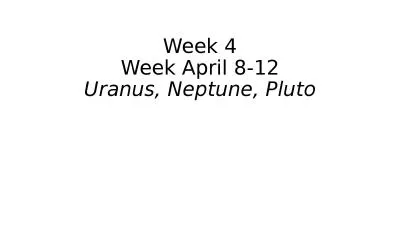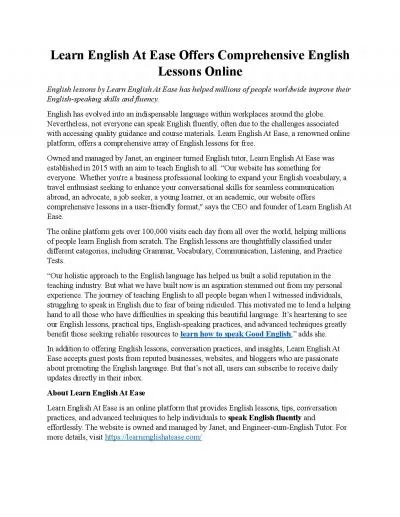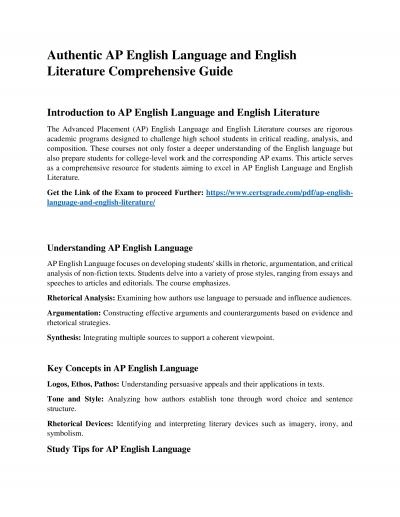PPT-English 1301 Week 5 – Day 1
Author : luanne-stotts | Published Date : 2018-11-01
Tuesday February 13 2018 Just a Reminder Always come to class having read the assigned articles From this point onward each article we read will be used in the
Presentation Embed Code
Download Presentation
Download Presentation The PPT/PDF document "English 1301 Week 5 – Day 1" is the property of its rightful owner. Permission is granted to download and print the materials on this website for personal, non-commercial use only, and to display it on your personal computer provided you do not modify the materials and that you retain all copyright notices contained in the materials. By downloading content from our website, you accept the terms of this agreement.
English 1301 Week 5 – Day 1: Transcript
Download Rules Of Document
"English 1301 Week 5 – Day 1"The content belongs to its owner. You may download and print it for personal use, without modification, and keep all copyright notices. By downloading, you agree to these terms.
Related Documents

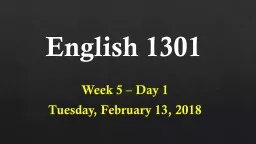


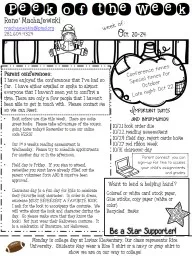

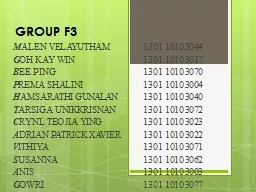

![[READ] Learn English Through Stories: 16 Stories to Improve Your English Vocabulary Learn](https://thumbs.docslides.com/1006295/read-learn-english-through-stories-16-stories-to-improve-your-english-vocabulary-learn-english-through-stories-16-stories-to-improve-your-english-grammar-and-english-vocabulary.jpg)

